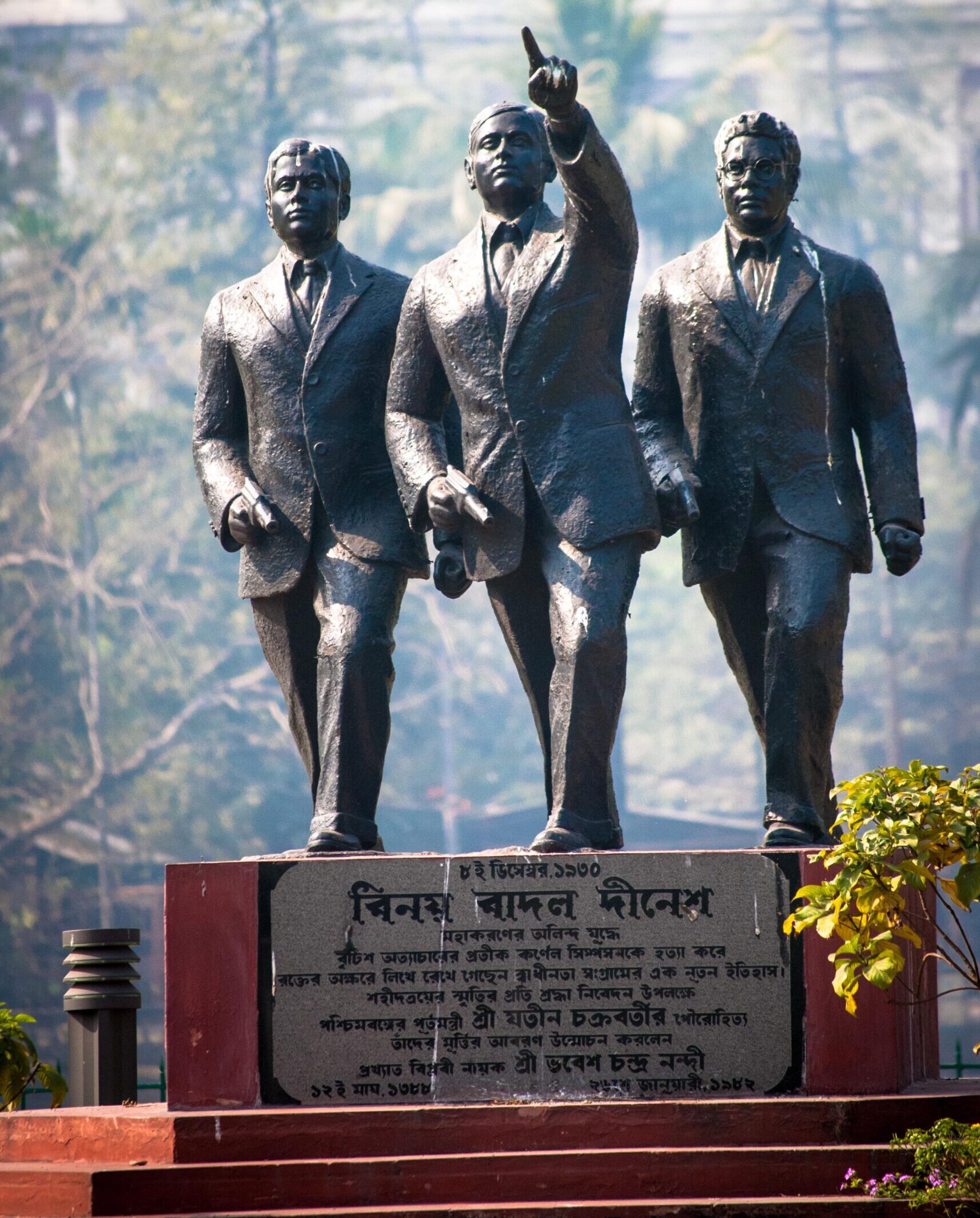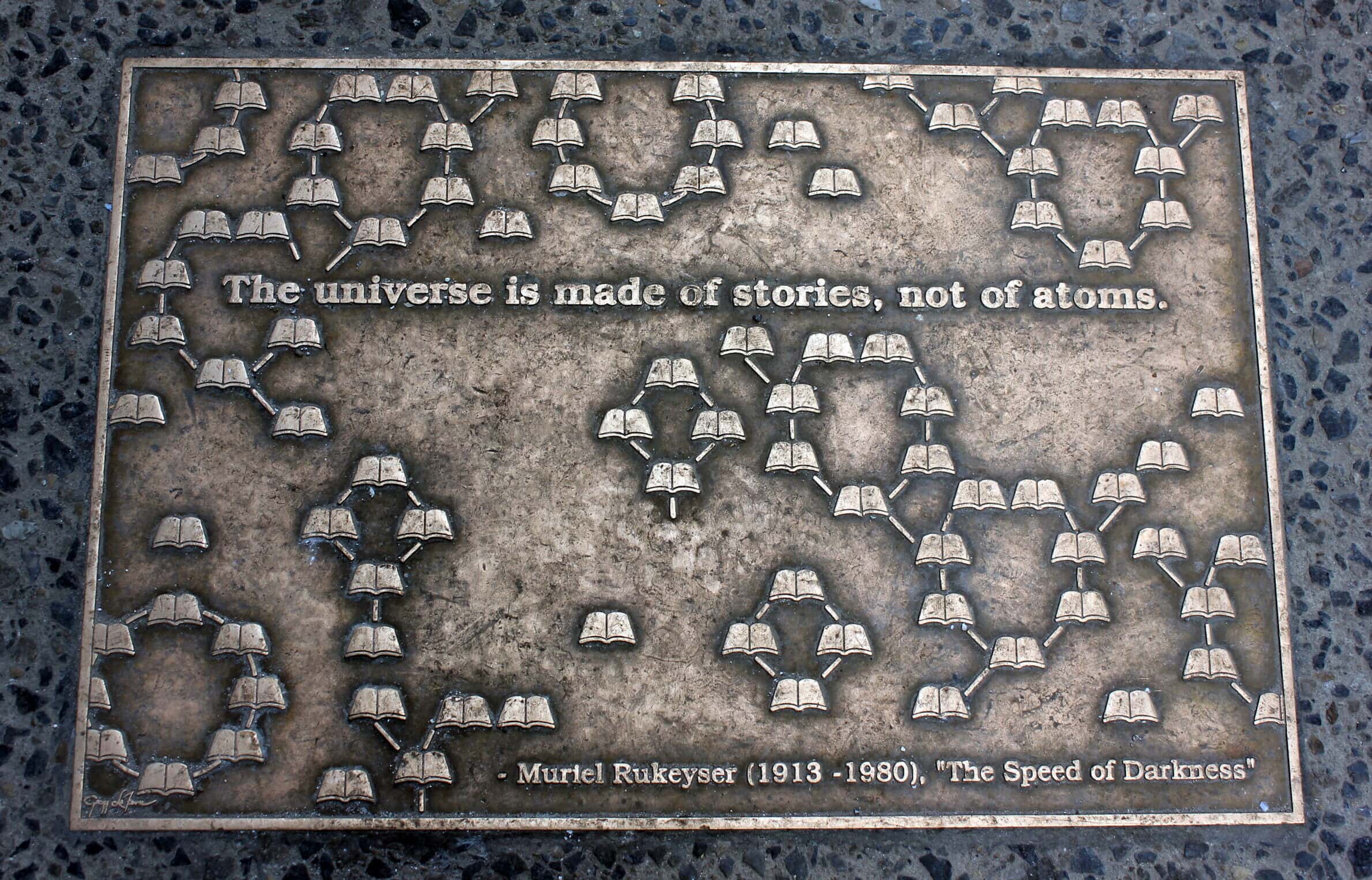Editor’s Note: What follows is a revised version of remarks Professor Ransel made to introduce a roundtable at the 18th International Congress of Historical Sciences in Montréal on August 30, 1995.
Never before has there been such a rich and varied menu of historical journals. A bibliography of English-language history journals in 1986 listed nearly 700, and many new journals have appeared since then. The multivolume Historical Periodicals Directory (1981–86) lists over 12,000 titles. The entry costs for journals are low and 300 subscribers sufficient to keep a journal in operation. These conditions have made possible the profusion of journals that has accompanied the rapid growth of subfields and academic subcultures both within and outside the profession during the past 30 years. The new journals have for the most part followed the well-established pattern of the older ones, featuring research articles, book reviews, and bibliography. This situation is destined to change—and to do so very soon.
Historical journals began as part of the modernist project and modern national consciousness. The grandparent of them all is often considered to be Historische Zeitschrift, begun by Heinrich von Sybel in 1859. But the Historisk Tidsskrift (1840) of the Danish Historical Society preceded it by nearly two decades. These journals were followed by Russkaia Starina of St. Petersburg (1870), Gabriel Monod’s Revue historique (1876), the Norwegian and Swedish Historisk tidskrift’s (1871 and 1881 respectively), Rivista storica italiana (1884), the English Historical Review (1886), and the American Historical Review (1895). For the scholars who founded these journals and the many that followed, history was a science and the nation its laboratory. William Sloane, in his inaugural essay for the AHR, asserted confidently that “the sciences of man’s nature have … been growing more and more physical … and are sciences real and practical. … [This] is especially true of history.” But the belief in scientific history and the integrity of nations is now in decay. As an expression and institution of modernism, historical journals reflect the decline of modernist conceptions, the loss of our assurance about where history is moving.
The future will be shaped by the blows now being inflicted on modernism. These are at once intellectual and technical—and the two are related. Some historians fear (and some literary analysts accept as an accomplished fact) that these blows will end history’s reign as a separate form of knowledge. But this need not happen so long as the research practices of historians remain the same: thorough scrutiny of sources, accuracy in translating and reporting them. If these practices are preserved, history will continue to thrive. But the conceptual framing of historical knowledge, the process of its construction, and the means of its presentation are already undergoing profound change, and these changes are affecting history journals.
Among the most important are the following: the grand narrative centered in the history of the West and imposed on the rest of the world is being decentered by globalist and postcolonialist conceptions from outside and, at the same time, assaulted by excluded groups from within (women, African diaspora, indigenous peoples, and others). If these groups merely demanded inclusion, this could be achieved easily enough within the current conceptions. But the demands go beyond inclusion and involve efforts to deconstruct and even overthrow the scientistic modes of discovery and representation. The result is new forms of historical narrative, including nonlinear and filmic representations, partially fictionalized renderings, such as Simon Schama’s Dead Certainties, dialogic or multivocal histories, and book reviews.
These changes are part of a transformed intellectual environment whose genesis was only in part stimulated by new technology (for the technology was itself dependent on new ways of thinking), but technology drives it onward. Delivery of history through film, electronic media, including highly sophisticated multimedia presentation, is now being spliced with interactive dimensions. Historians at different places could conceivably jointly work through on computer screen the reconstruction of a historical event, each participant contributing and adjusting pieces of the puzzle in a continuing process of negotiation and redefinition (with many versions of the same event in play at one time). This cannot be done in a printed historical journal. It also cannot be controlled. Once historical knowledge is being constructed in cyberspace, any number of marginal participants can join in and inflect the process, add fresh voices and continually destablize the picture.
Electronic journals are already being produced. An experiment is now under way at Johns Hopkins University to produce several journals in electronic form. The Latin American Studies Association in the United States is mounting an On-Line Working Papers Series to disseminate papers written for its national conferences. In effect, it will have created an electronic journal. The entire 100 years of the AHR will soon be available in machine-readable form. This is the old paper technology transferred to disk, but it allows for the lifting of pieces of a journal from context and the splicing of them with other pieces to form an entirely new context. These efforts prepare the ground (and the readers) for further steps away from the linear, fixed, bound-paper journal. The availability of articles and reviews in easily searchable electronic form, for example, per mits information to be plucked disconnectedly from a huge database without credit to those who discovered or produced such materials. The advent of hypertext takes the process one giant step further and inverts the current relationship between author and reader. When the reader can continually jump through links from one piece of text or graphic to another in a self-determined order, the reader becomes the author.
In a somewhat different way, this problem has already confronted book publishers. University presses have been asked (and because of market pressures often agreed) to sell the rights to specific chapters or portions of their books in digital form to large publishing houses that offer custom-designed course packages with a variety of texts reorganized into a newly invented context. Unlike the well-known Kinko’s or other photocopied packets, the digitalized texts do not retain traces of their origin in another context through their varied appearance on the page (reproducing the original type sizes and fonts) but are homogenized technologically into a uniform and seemingly natural context. We used to think we knew what a book was: an extended discussion whose parts derived meaning from the larger context in which the author had placed them. What is a book if its parts can be freely distributed among other arbitrarily created contexts and suffer the consequent alteration of meaning? The same goes for journal contributions. Editors often cooperate with authors to create a context for their contributions in a series of essays or discussions with a well-defined thematic. What happens to the author’s and editor’s intentions when portions of an issue become reconfigured into an apparently seamless new context produced by digital technology?
Journals have already been moving in the direction promised by the new technology. As a form of scholarly communication, historical journals scarcely changed in 150 years. Research articles, book reviews, documents, and professional news remained their unvarying content. But in recent years, in advance of the new technology, many journals began to feature forums, roundtables, interviews, reader surveys, and other modes of communication that prefigured the interactive, bulletin-board technologies of immediate response and engagement by readers.
Readers, authors, and book publishers are eager to take advantage of the speed and convenience offered by the new information technologies, even while they recognize the risks just mentioned. Journal editors will have to respond to these desires without sacrificing the essential contributions they make in maintaining standards of language and fairness, assessing quality of evidence and argument, upholding production values, and preserving the enduring character of their product by having it available in forms with great shelf life and usability. One change that will probably be made soon is for journals to release portions of their output electronically as they become available. For example, a subscription to the AHR might involve the guaranteed delivery of, say, 35 article-length pieces, 1,000 book reviews, 25 film reviews, and several thousand bibliographic entries per year. As soon as each separate piece had passed the usual evaluation measures, been revised, edited, and proofread, subscribers would receive it on-screen. At the end of the year, a single paper volume containing all the materials delivered first electronically would be furnished for preservation and access in the old way. Editors would undoubtedly often want to release segments of material in clusters in order to maintain the context of article or review groupings, as discussed earlier. But rapid delivery could be combined in this way with the continuance of high standards of editorial direction.
Questions for discussion: What will a journal be if it ceases to be a bound-paper technology for scholarly communication? How will the process of peer review be conducted? Who will play the role of editor and gatekeeper? How will professional validation be accomplished? Who will pay for the performance of these functions if communication can readily bypass them? How will “information plucking” without credit to authors or sensitivity to context be controlled?
The altered technological environment also raises urgent questions of journal and book financing, some of which are addressed in detail in a companion essay by Sandria Freitag on pages 3–4 of this issue of Perspectives. These financial questions are already creating a crisis in scholarly book publishing. As this crisis deepens, the historical journal will most likely play an even more central role in scholarly communication than it has in the past. But the historical journal is destined to look and function in ways different than it does at present.
David L. Ransel is the former editor of the American Historical Review. He is now professor of history at Indiana University and director of the university's Russian and East European Institute.


